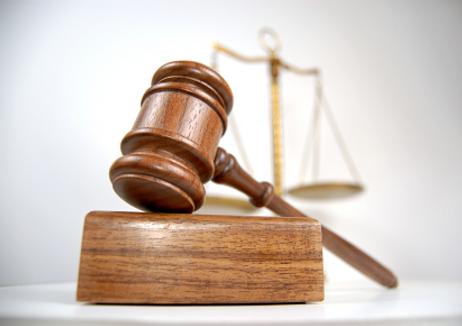A question over equality at a top-rated high school in the Fairfax School District in Virginia has once again raised the question of the equality of public education overall in the United States. Thomas Jefferson High School, frequently ranked as one of the top public schools in the country, has recently come under fire by the Coalition of the Silence and the NAACP. The organizations have raised concerns about the low enrollment of minority students into the school, particularly in light of the much higher rate of diversity in schools just a few miles away. However, as one digs into the question of racial inequality at Thomas Jefferson High School, concerns extend into whether minority students in Fairfax County are given the same academic opportunities as their caucasian counterparts.
This TEDTalk discuss racial discrimination in public schools.
Federal Civil Rights Complaint Filed
A federal civil rights lawsuit has been filed with the U.S. Department of Education regarding Thomas Jefferson High School’s admission policies. The complaint alleges that Fairfax County “…essentially operates a network of separate and unequal schools,” which leaves out Latinos, blacks, and disabled students. The complaint further alleges that “for decades, these students have been grossly and disproportionately underrepresented in admission to the Thomas Jefferson High School for Science and Technology.”
The civil rights complaint was filed by the Coalition of Silence, an advocacy group formed by a former school board member of Fairfax County Public Schools. The Fairfax chapter of the NAACP is also listed on the complaint. The complaint specifically asserts that black, Latino and disabled students are being shut out of Thomas Jefferson High School as early as the eighth grade, due to the school district’s consistent failure to identify minority and disabled students who are “gifted.”
Tina Hone, the founder of the Coalition for Silence, told U.S. News and World Report that she filed the complaint in order to call attention to a long-standing problem of educational inequality within Fairfax County. When Hone realized that her organization was too small to make any real changes on its own, she enlisted the help of the NAACP and filed the formal complaint with the U.S. Department of Education.
“One little organization by itself cannot move this mountain,” Hone told U.S. News and World Report. “I asked myself why no one has ever done this before…It’s a shame that it’s been going on for 30 years and they haven’t fixed it.”
This TEDTalk discusses inequality and racism.
What the Numbers Show
According to Hone’s complaint, only 2.7 percent of the student population at Thomas Jefferson is Latino, despite the fact that 22 percent of the student population throughout Fairfax County is Latino. By the same token, in a county where 10 percent of the population is black, only 1.5 percent of the student body at Thomas Jefferson is black. U.S. News and World Report found that while four percent of the student body at Thomas Jefferson during the 2009-2010 school year was black or Latino, the percentages within high schools nearby were 47 and 46 percent, respectively.
The skewed percentages are not a new development at Thomas Jefferson. In fact, the school has made efforts to bring more diversity into the high school, but results have been minimal. John Torre, a spokesman for Fairfax County Public Schools, told U.S. News and World Report, “This has been an issue for a number of years, and the admissions policy has been tweaked a number of times to try and address this specific issue.”
Problems with the Process
Hone agrees that fixing enrollment procedures at Thomas Jefferson will not adequately address the inequality issue, since the problems arise long before the enrollment process begins. Identification of gifted students in Fairfax Public School District begins during the elementary years, and even at this time, Latino and black students may be getting passed over for white students from higher-income families.
“The solution to the problem of the lack of diversity in TJ admissions is not necessarily a fix just to the TJ admissions process,” Hone told the Washington Post. “There has to be a fix to the pipeline that feeds into the process.”
Admission to Thomas Jefferson High School involves a somewhat lengthy and complex process. First, students must complete an initial application and take a two-hour test that consists of multiple verbal questions, multiple-choice and essay questions. The students’ GPA is also considered during this preliminary phase. Students must have a minimum GPA of 3.0 and score 30 or higher on the math portion of the exam and 65 or higher on the total test.
This video reports on how black students are hurt by racism.
Students that pass through the first round must submit teacher recommendations and complete a student information sheet. Scores from the initial test are re-evaluated, as well as the student’s GPA, to pinpoint performance in math and science. Hone voiced concerns that questions on the student information sheet could be discriminating against minority students from low-income households, since they may not be offered the same opportunities for after school activities as other students.
“For many black and Latino students, especially those from lower socioeconomic backgrounds, their most significant after-school activity may be babysitting their younger siblings while their parents work,” Hone’s complaint states.
The Department of Education could decide to open an investigation into Fairfax County Public Schools, based on the information in the civil rights complaint. If an investigation takes place, and the county is found guilty of discriminatory practices, federal funding can be cut to the district. However, the process is in the very preliminary stages at this time, and there is no word as to whether an investigation will even be launched.
Questions? Contact us on Facebook. @publicschoolreview














